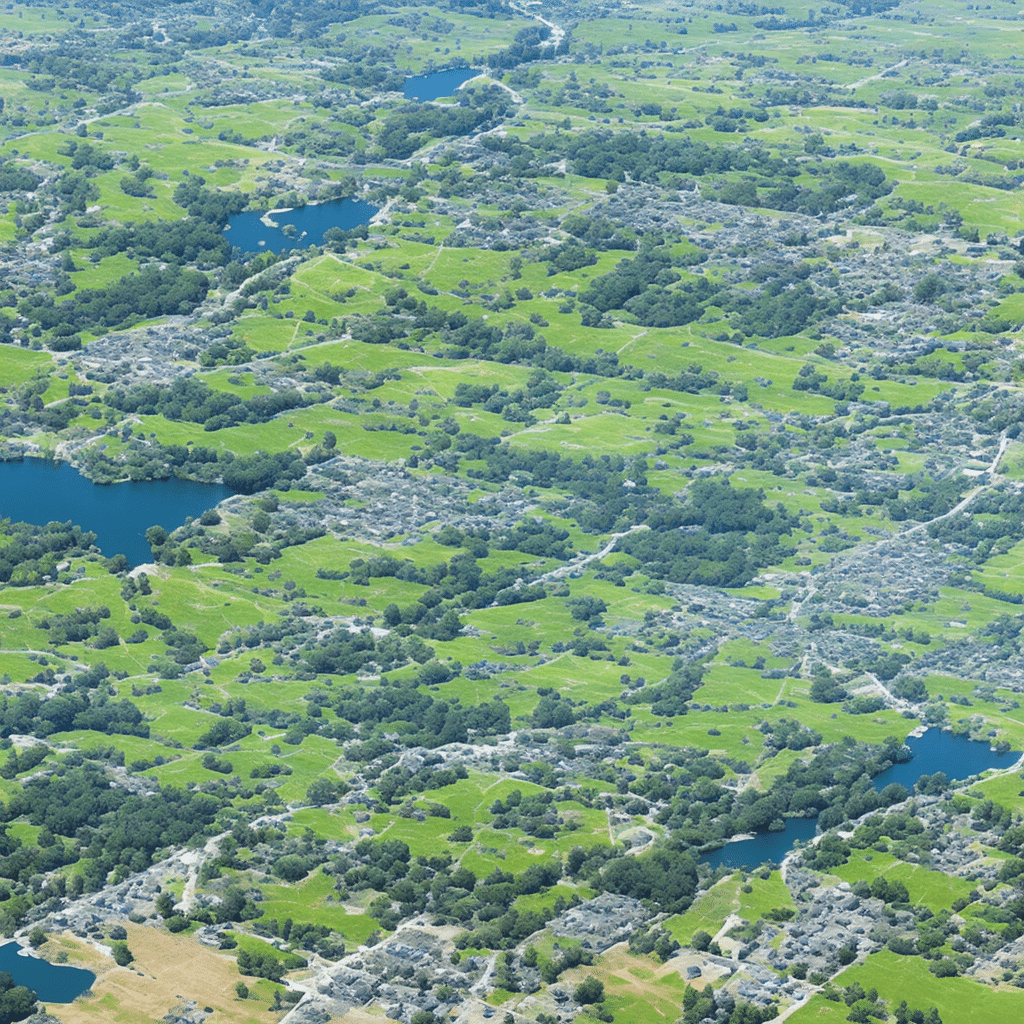How can real estate projects be designed to minimize their impact on local water resources?

In the face of mounting challenges brought about by climate change, real estate industry is under pressure to adopt sustainable practices. Among these challenges, the scarcity of water is a key concern, requiring innovative solutions in construction and management. As you are working in the real estate industry, it becomes crucial to understand how to minimize the environmental impact of your projects. Harnessing green building practices and eco-friendly materials can significantly reduce the stress on local water resources. This article will guide you through various methods to design and carry out your real estate projects in a more sustainable manner.
Incorporating Water Management Systems in Building Projects
The introduction of water management systems in building projects is an effective way to minimize the impact on local water resources.
Avez-vous vu cela : What strategies can be employed to ensure the financial sustainability of eco-friendly real estate projects?
Water management involves the collection, treatment, and reuse of rainwater. Harvesting rainwater for landscape irrigation, toilet flushing, and even for drinking purposes can significantly reduce the demand for local water resources. The benefits are twofold: you save on water bills, and reduce the strain on local water tables.
Greywater systems, on the other hand, allow for the reuse of water from sinks, showers, and washing machines. By rerouting this water for uses like irrigation, you can further decrease the demand for local water supplies.
Cela peut vous intéresser : What are the emerging trends in workspace designs within real estate to accommodate hybrid work models?
Furthermore, low-flow fixtures and appliances, such as showerheads, faucets, and toilets can reduce a building’s water consumption by up to 60%, contributing to water conservation efforts.
Using Sustainable Construction Materials
Sustainable construction revolves around the adoption of eco-friendly materials. These materials are not only good for the environment, but they can also help conserve water resources.
Recycled materials are a great choice for green construction. For example, using crushed, recycled concrete as aggregate in new concrete can reduce the need for water in the mixing process. Similarly, reclaimed wood can be used in place of new lumber, reducing the amount of water used in forestry.
Building materials can also play a role in water management. For instance, permeable or porous pavements allow rainwater to infiltrate into the ground, replenishing local aquifers and reducing the load on stormwater systems.
Moreover, the use of green roofs, which are covered with vegetation, can help manage stormwater runoff and reduce the heat island effect, thus conserving water.
Harnessing Renewable Energy Sources
Harnessing renewable energy sources in your real estate projects can indirectly conserve water. Traditional energy production methods, like coal-fired power plants, consume a massive amount of water for cooling purposes.
On the contrary, renewable sources like solar panels and wind turbines require significantly less water. Photovoltaic solar cells, for example, use no water in the energy generation process, making them an excellent choice for reducing water consumption.
Moreover, incorporating energy-efficient appliances and systems can further reduce the demand for energy, thus saving more water indirectly.
Implementing Green Building Practices
Green building practices go beyond just incorporating eco-friendly systems and materials. They encompass a fundamentally different approach to planning, designing, construction, and operation of buildings.
For instance, it’s important to consider the site’s natural features and climate in your project’s design. By taking advantage of natural light, ventilation, and shading, you can reduce the need for energy-consuming systems, indirectly saving water.
Moreover, the use of native or drought-tolerant plants in landscaping can significantly reduce the amount of water required for irrigation.
Implementing green building certifications, like LEED or BREEAM, can also guide you in adopting best practices for water conservation in your projects.
Engaging Local Communities in Environmental Stewardship
The success of any environmental initiative hinges on community involvement. Engaging local communities in your sustainability efforts can foster a sense of ownership and responsibility towards environmental conservation.
You can invite locals to participate in tree planting activities, which can help in managing stormwater runoff and improving the local microclimate. Additionally, you can organize educational programs to raise awareness about the importance of water conservation and the role of sustainable building practices in achieving it.
In conclusion, minimizing the impact of real estate projects on local water resources is a challenge you can meet head-on. By implementing efficient water management systems, using sustainable construction materials, harnessing renewable energy, adopting green building practices, and engaging local communities, you can significantly reduce water use in your projects. Remember, every drop of water saved contributes to the sustainability of our planet. Start making a difference today.
Expanding Affordable Housing While Conserving Water
The rising demand for affordable housing presents an excellent opportunity for the real estate sector to incorporate water conservation practices. With thoughtful planning and design, we can create housing solutions that both meet people’s needs and protect our precious water resources.
Streamlined building designs that prioritize water efficiency can make a significant difference. Consider installing dual-flush toilets, aerated faucets, and flow-reducing showerheads in your projects. These small changes can reduce a home’s water consumption by up to 50%.
The use of drought-tolerant plants in landscaping is another practical way to conserve water. These plants require less watering and can thrive in a variety of climates. This not only saves water but also reduces maintenance costs.
When planning your projects, consider the local water quality. If it’s poor, you can include water filtration systems in your building design. This can protect residents from potential health hazards and help preserve the local water supply.
Collaborating with local governments can also yield positive results. Many municipalities offer incentives for water-saving real estate projects. These can range from tax breaks to streamlined permitting processes, making it more attractive for you to incorporate water-saving measures.
Boosting Environmental Consciousness in the Construction Industry
The construction industry plays a pivotal role in combating climate change and protecting water resources. By adopting environmentally conscious practices, it can significantly reduce its carbon emissions and water consumption.
Enough emphasis cannot be placed on the importance of training in the industry. Construction workers, architects, and engineers need to be educated about sustainable building practices. This knowledge can empower them to make environmentally friendly decisions at every stage of the construction process.
Prefabrication is another promising approach. By constructing building components off-site, it’s possible to reduce waste and improve efficiency. This method also requires less water, contributing to conservation efforts.
Moreover, the construction industry can leverage technology to reduce its environmental impact. Tools like Building Information Modeling (BIM) can enable planners to visualize the energy efficiency and water usage of their projects, prompting them to make adjustments where necessary.
Innovation is key in this industry. By being open to new ideas and technologies, we can pave the way for a more sustainable future.
Conclusion: Towards a Sustainable Real Estate Industry
As we navigate the pressing issues of climate change, water scarcity, and affordable housing, the role of the real estate industry becomes increasingly critical. By incorporating water management systems, using sustainable building materials, harnessing renewable energy, adopting green building practices, and engaging local communities, we can design projects that not only serve people’s needs but also protect our environment.
The journey towards a sustainable real estate industry is not without obstacles. However, with determination, innovation, and collaboration, we can create spaces that are environmentally conscious, energy-efficient, and affordable. By doing so, we not only enhance the quality of people’s lives but also help safeguard our planet for future generations.
Let us remember: every action we take in the construction and operation of our buildings leaves a mark on our water resources. By reducing our projects’ water consumption, we contribute to a larger, global effort to combat climate change and promote sustainable development. The real estate industry has a unique opportunity to lead this change. Let’s seize it.
